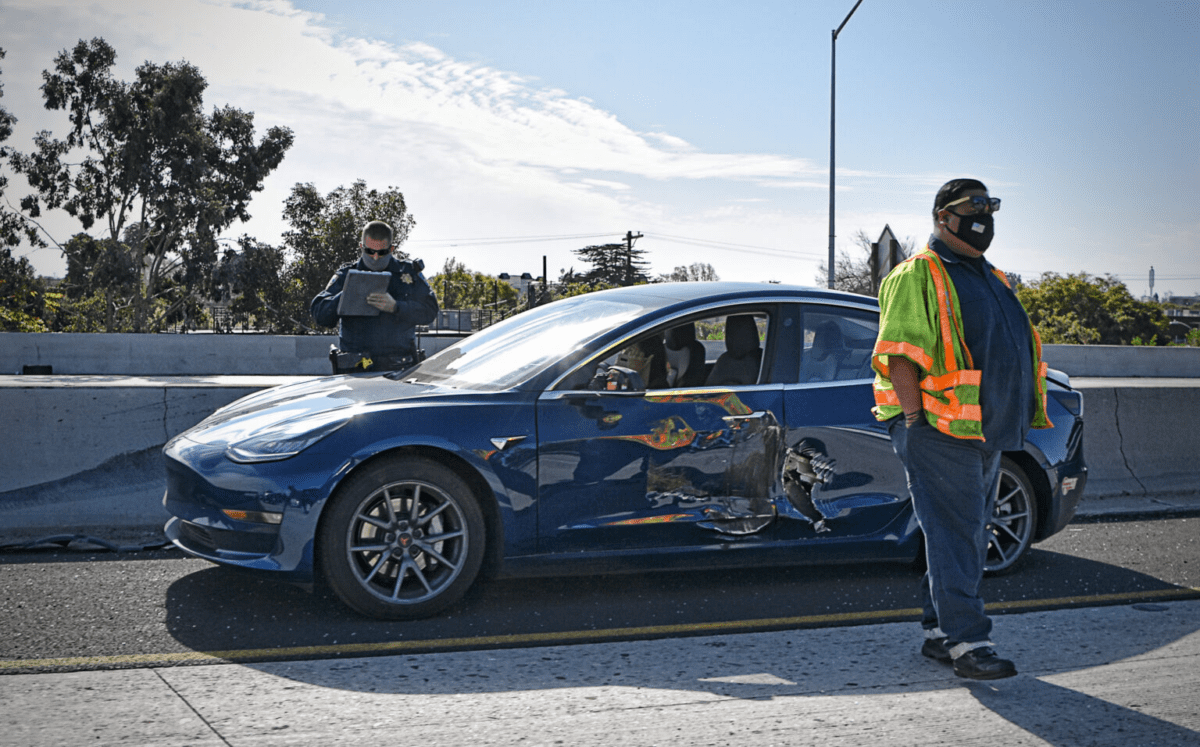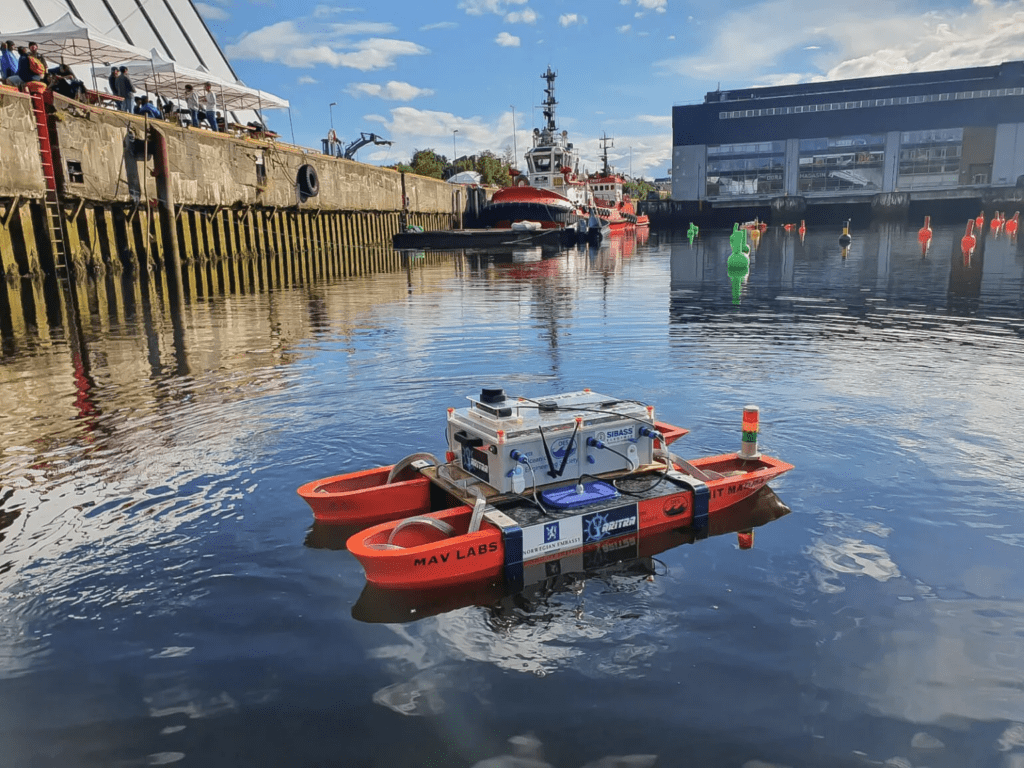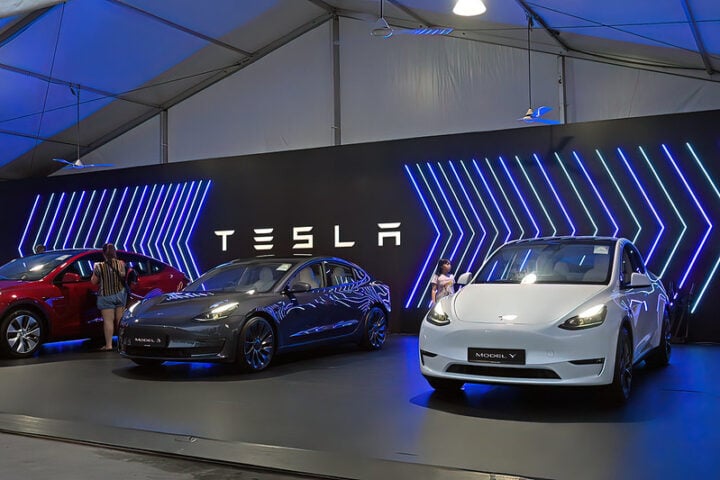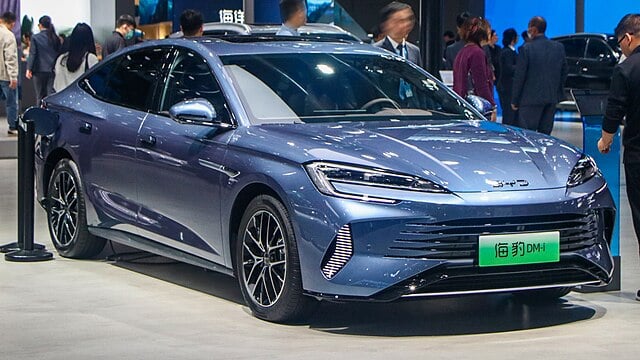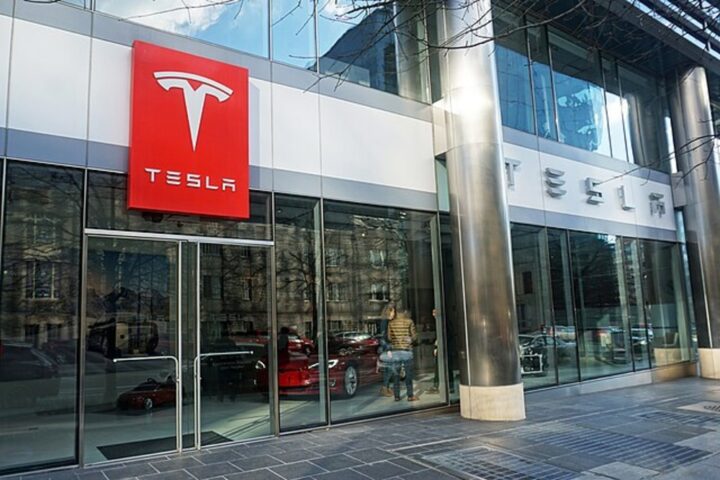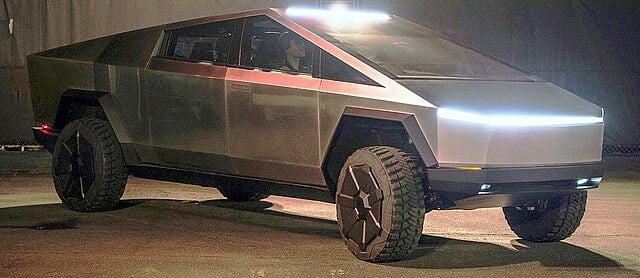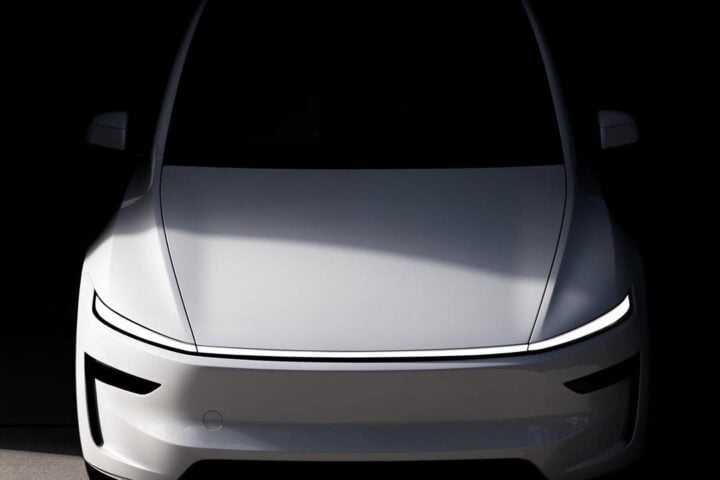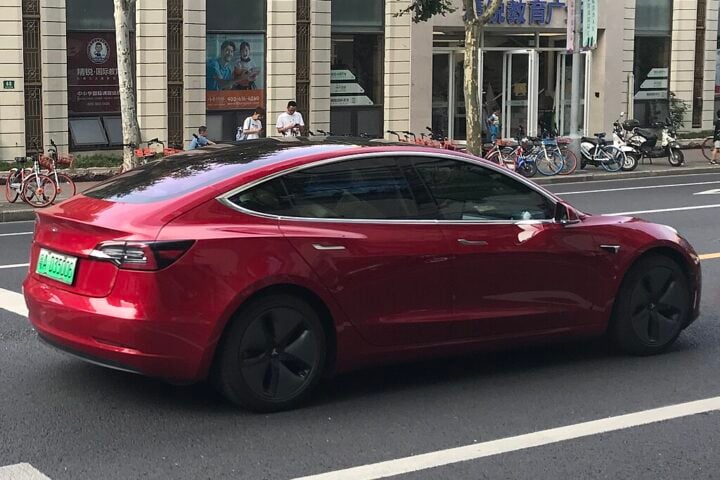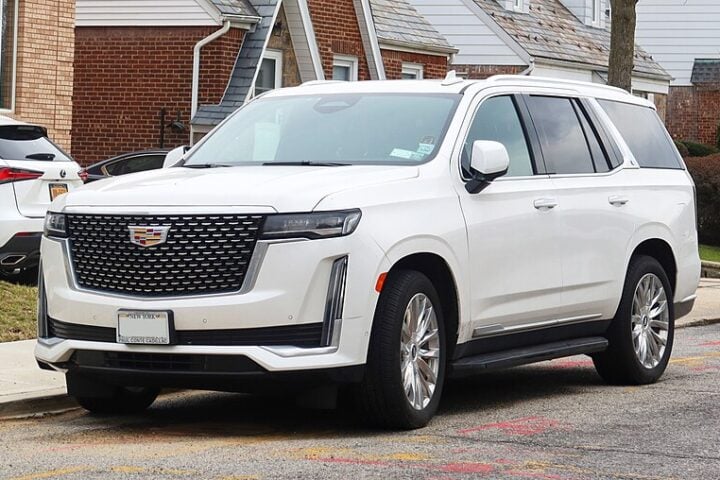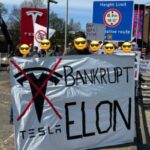Electric vehicles (EVs) have been hailed as the future of transportation, with their promise of reduced emissions and lower operational costs. However, as with any emerging technology, they come with their own set of challenges. One of the most significant of these is the cost and complexity of repairs following a collision.
Mitchell International’s Findings
A recent report from Mitchell International, a company closely associated with the insurance industry, has shed light on this issue. Their findings indicate that the repair costs for EVs are consistently higher than their internal combustion engine (ICE) counterparts. Specifically, for Q2 2023, the repair severity costs for EVs were higher by $963 in the US and $1,328 in Canada. When focusing solely on Tesla, a leading EV manufacturer, these costs jump to an additional $1,589 and $1,600 for American and Canadian owners, respectively.
The Tesla Phenomenon
Tesla, undeniably the most recognized name in the EV market, has seen some fluctuations in its market share. While it remains the dominant player in the US, with 74.57% of all EVs repaired being Teslas, this is a slight decrease from 75.8% in the previous quarter. This suggests that the diversity of available EV models is beginning to impact the types of vehicles seen in repair shops. Interestingly, in Canada, Tesla’s market share has grown, with the Model S making a notable return to the list of most frequently repaired EVs.
Similar Posts
Repairability Insights
The repair dynamics for EVs differ significantly from traditional vehicles. On average, EV collision repairs demand a whopping 90.75% of OEM parts, compared to 66.50% for ICE vehicles. Additionally, EVs have a smaller percentage of repairable parts, 13.49% versus 19.20% for ICE vehicles, and require longer paint refinishing times.
However, it’s not all gloomy for EV owners. Due to their simpler powertrain design, EVs are often more resilient in front-end collisions than ICE vehicles. The primary concern arises with rear-end collisions, especially given the design of many Teslas which house high-voltage components near the rear fender for charging purposes.
The Road Ahead
The EV market is rapidly evolving. The EY 2023 Mobility Consumer Index highlighted that nearly half of US consumers are now considering an EV or plug-in hybrid for their next vehicle. Major automakers are also expanding their EV offerings, with Stellantis, for instance, aiming for 50% EV sales in the US by 2030.
As the EV market grows and matures, it’s anticipated that the disparities in repair costs will naturally decrease. The integration of newer technologies, increased awareness among repair professionals, and economies of scale will likely play a role in this normalization.
A Balancing Act
While the benefits of EVs, from environmental impact to operational costs, are undeniable, potential owners must be aware of the current challenges in repairability. As the transport industry moves towards electric vehicles, everyone, from consumers to manufacturers, needs to stay updated and ready. While the shift to electric has its challenges, how we tackle them will determine our success in creating a more eco-friendly future.
Note: This article is based on data and insights from Mitchell International and the prov
